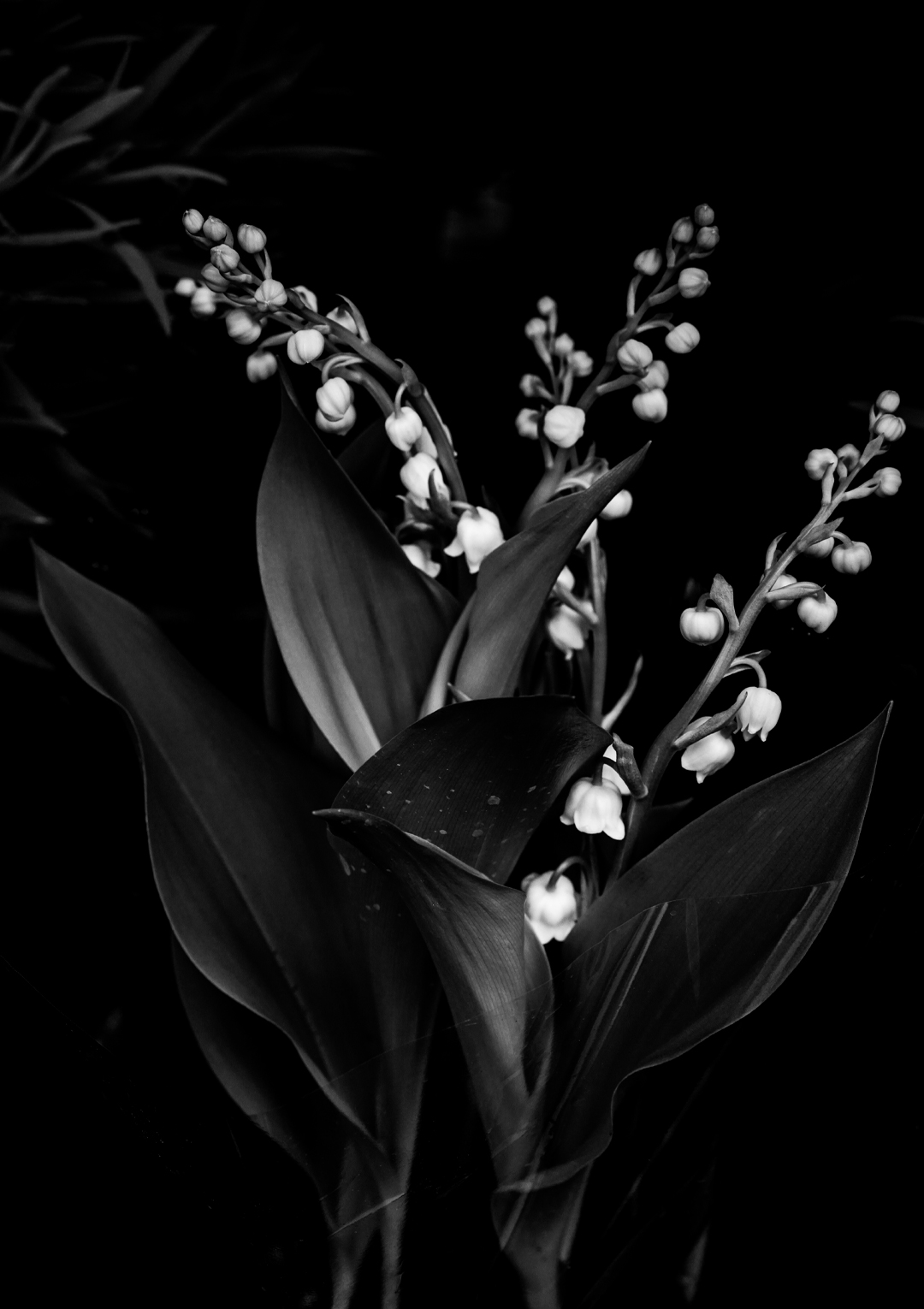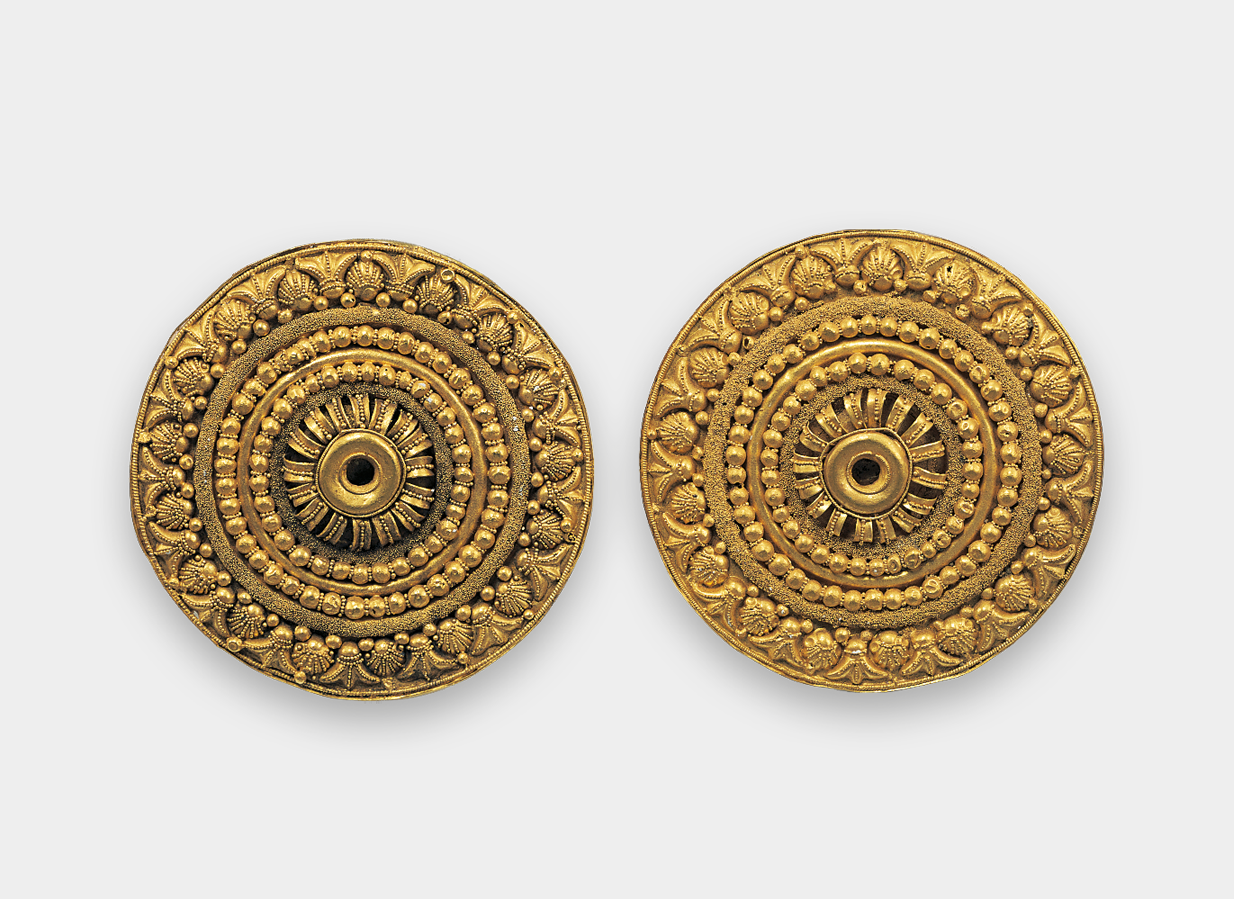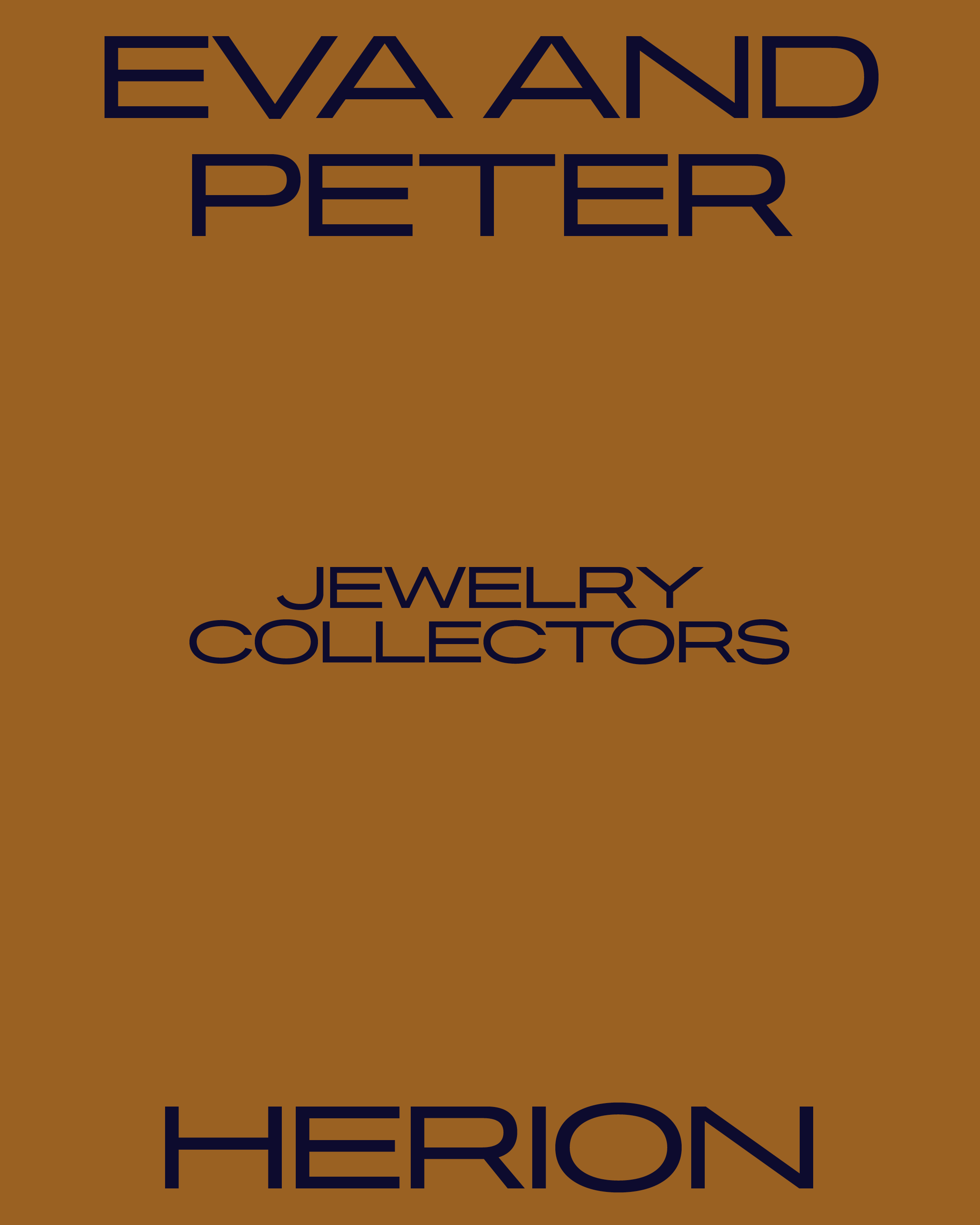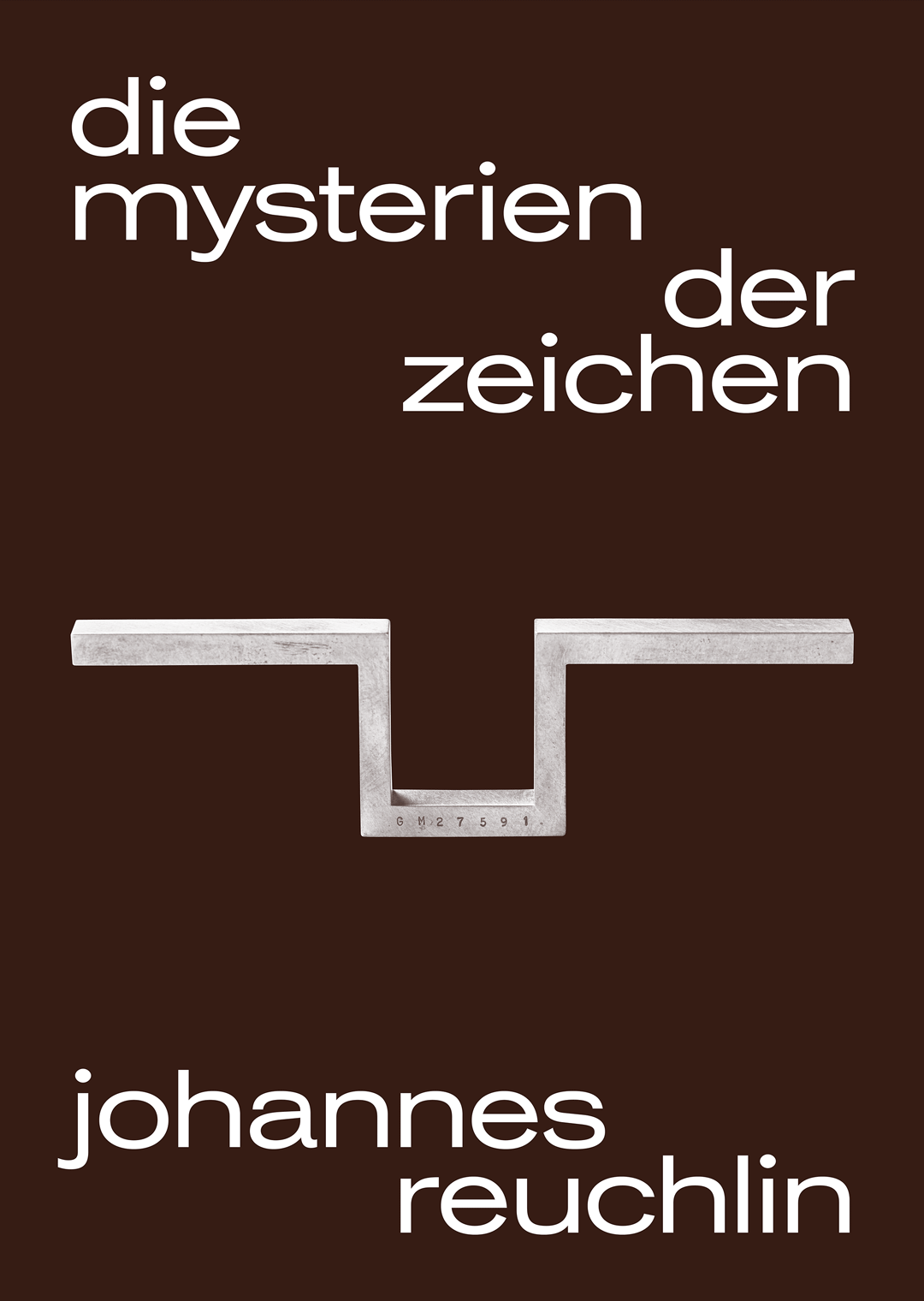CAN THEY STILL BE SAVED?
Examples of contemporary art jewelry demonstrate that even a drab industrial landscape can pique an artist’s interest. The focus is usually on individual features such as mountain ranges, plant life, architecture or other attributes of civilization, which serve as abstracted metaphors for certain places, moods, memories and yearnings. The perception of landscapes and nature is reflected upon as an autonomous aesthetic experience, and the resultant creations testify to the artists’ in-depth involvement with nature and our environment in view of the changes they undergo due to human intervention in the modern industrial era.
A MATTER OF PERSPECTIVES
The “Landscapes – a Matter of Perspectives” group exhibition staged by Pforzheim’s Art Association presents various positions in contemporary art. The focus, however, is not on romanticizing interpretations of landscapes in the form of projection spaces and places of yearning that we have known since the Romantic period and which are part of our inherent historical knowledge. It’s also not about what is commonly reflected upon by contemporary artists, i.e. the fragility of landscapes and their endangerment by people’s attitude towards nature.
The selected works draw our attention above all to individual details and segments, to what has been spatially defined and marked off so as to differentiate landscapes from nature, and thus enable them to become the subject of aesthetic reflection.
The artists involved take up this cultural process of topographically parcelling out nature and emphasize it by means of their dissective and transformative focus on individual elements and phenomena related to landscapes. They disassociate horizon lines, mountain tops, patches of grassland, tree trunks, stones and plants from their natural contexts and work on them as isolated entities. They feature and question stereotypical natural phenomena that are representative of certain landscapes, as well as consequential human behavioral patterns.
The exhibition presents sculptural installations, objects, videos and drawings by artists including Reiner Maria Matysik, Gesine Grundmann, Stephan Huber, Katrin Ströbel, Julia Wenz, Shruti Mahajan, Monica Ursina Jäger and Katja Pfeiffer, among others. The exhibition is curated by Bettina Schönfelder and Elisabeth Heine.




